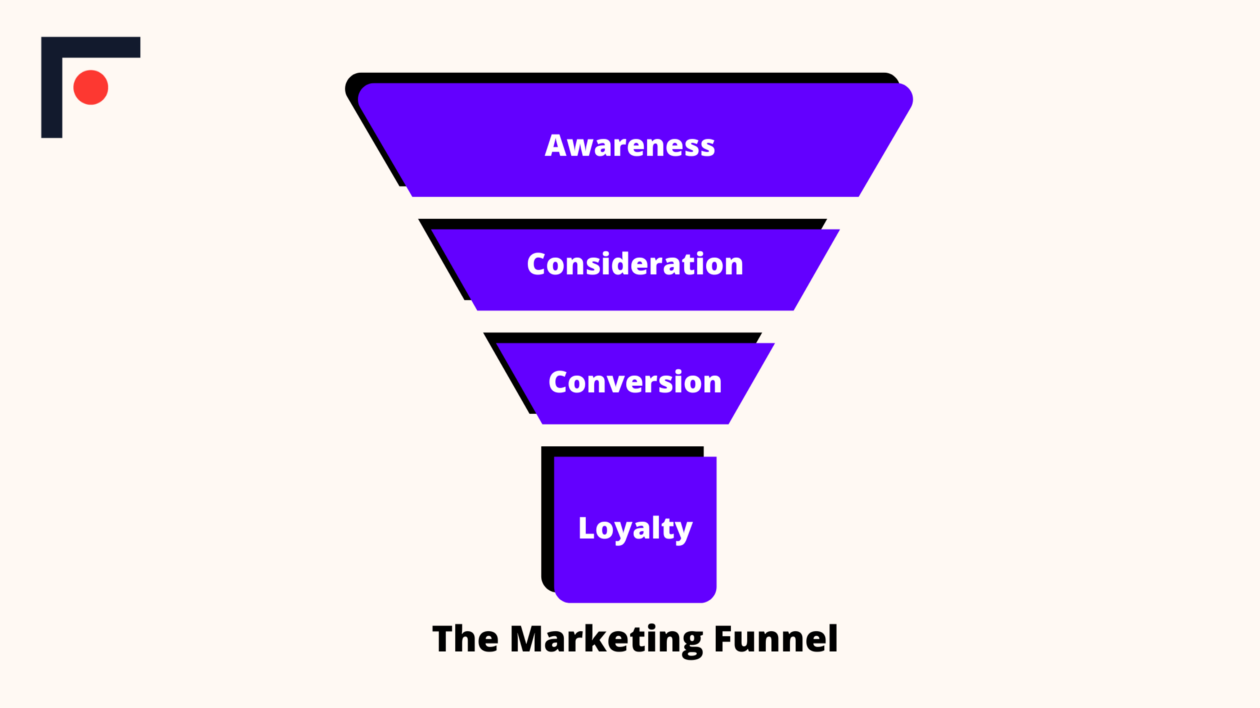
“In the same way that Facebook (and other well-known social networks) failed time and time again in their attempt to take over e-commerce, TikTok’s [speculated] change of plans on e-commerce in the West does not necessarily mean that Live Shopping has neither sense nor future in this part of the world. At Onlive.site, we firmly maintain the opposite.”

Brands often consider their own website as the most important aspect of their marketing strategy. A brand’s own website lives and breathes the brand identity and goals, and aims to create a hub for consumers to explore the company away from the distractions of competitors. This means that brands often focus on getting consumers away from the hustle and bustle of social media, and onto their own platforms where they can build up connections.
“In the West, brands have opted for years to put their own site and the direct relationship with the client as the centre and priority of their digital strategy.”
“Consumers [are] aware of the importance that a direct relationship with them has for brands, they tend to visit the brand site hoping to obtain a benefit from the purchase without intermediaries (billboard effect) or better care. Of course, there are marketplaces that are successful, but the competitive environment is much more fragmented.” — Alfredo Ouro (Onlive.site).

“The customer mood in social networks is one of exploration, the highest part of the [marketing] funnel. In the brand site the customer is in “shopping mode” and this could explain these enormous differences with the Asian model, where e-commerce is much more concentrated in a few (but giant) marketplaces that are also the owners of the main social networks.” — Alfredo Ouro (Onlive.site)

“In this subject of influencers we observe an important error of perception. Live Shopping is about sellers, product experts who, through their knowledge and didactic skills, can sell and entertain the audience. They are not necessarily influencers. What happens is that in China these sellers have become real celebrities and for this reason in the West there is a false perception that the correct combination is the influencer-brand-client triangle.”
“The best results we have seen in Onlive.site after working with more than 100 brands from 18 countries since our launch in September 2021 have always had a common denominator: the figure of a true expert with ability to transfer your particular and valuable knowledge to the audience in combination with a good opportunity in the offer shown.” — Alfredo Ouro (Onlive.site)
"We have noticed in the past months a considerable increase in awareness and adoption of big brands towards using Live Shopping from both channels: inbound & outbound! In our case: Delonghi, Lush, LG, Leroy Merlin, Decathlon, etc, just to give a few names have already incorporated Live Shopping and video shopping as part of their content strategy.
Multinationals such as Delonghi or Lush — after testing Live Shopping in one market are starting to roll over in other markets getting ready for Q3 and Q4 (Black Friday, Xmas Holidays, etc)." —Alfredo Ouro (Onlive.site)
If you would like more information on the status of Livestreaming and how you can be a part of it, contact us at: [email protected] or follow us on LinkedIn or Instagram.